In the fascinating world of reptile behavior, snakes have developed remarkable adaptations to survive and thrive in their environments. Among these adaptations is the intriguing practice exhibited by certain snake species that utilize rocks during their shedding process. This behavior, while not universal among all snakes, serves critical functions in maintaining their health and well-being. As these serpents prepare to cast off their old skin—a process called ecdysis—some species have evolved to seek out rocky surfaces that assist them in removing their worn outer layer more efficiently. This article explores the science behind this behavior, examines which species employ this technique, and delves into the evolutionary advantages it provides.
The Fundamentals of Snake Shedding
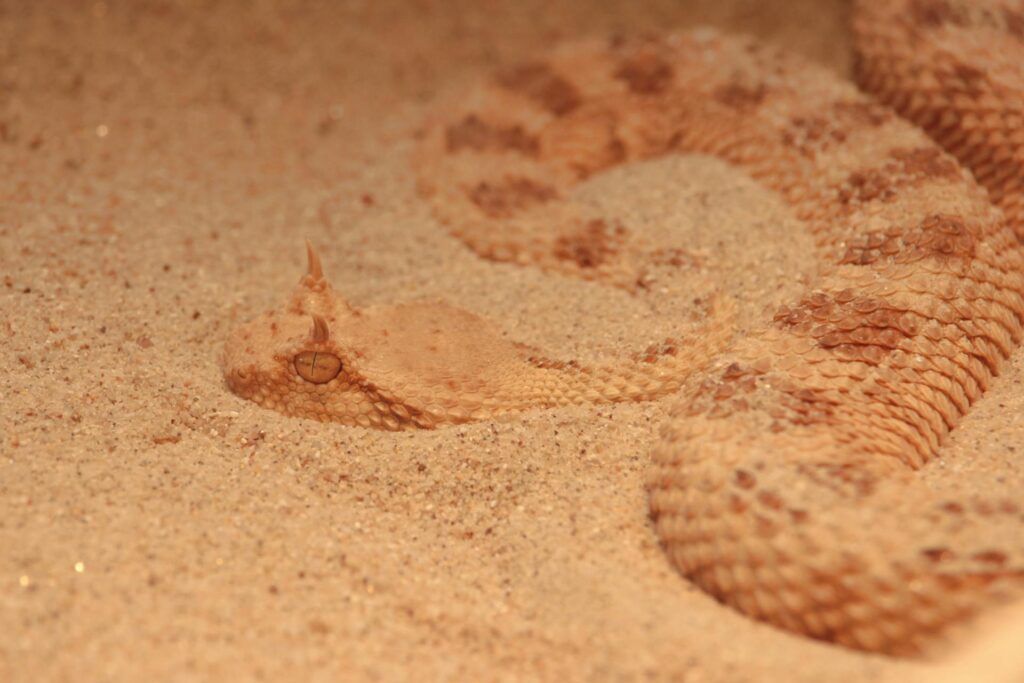
Snake shedding, or ecdysis, is a natural process that occurs regularly throughout a snake’s life as the reptile grows and develops. Unlike mammals that continuously shed small amounts of skin, snakes shed their entire skin in one complete piece, from head to tail tip. This process typically occurs several times a year, with frequency depending on the snake’s age, growth rate, and environmental conditions. Before shedding begins, snakes undergo physiological changes including the secretion of lymphatic fluid between the old and new skin layers, which loosens the old skin and gives their eyes a characteristic bluish, opaque appearance often called “blue phase” or “being in blue.” The shedding process is essential not only for growth but also for removing parasites and allowing for repair of minor skin damage.
Challenges of the Shedding Process
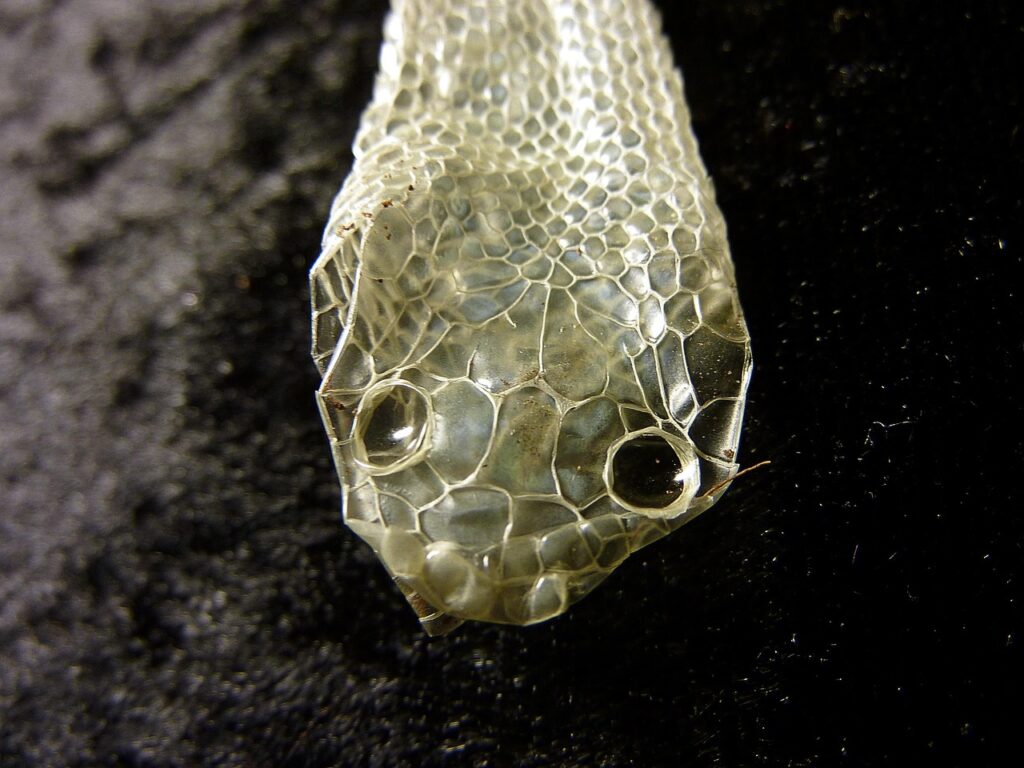
While shedding is natural, it presents numerous challenges for snakes and can be a vulnerable period in their lifecycle. During ecdysis, a snake’s vision is temporarily impaired due to the cap of old skin covering their eyes, making them more susceptible to predators and less efficient at hunting. Additionally, if the shedding process doesn’t proceed smoothly, snakes can experience retained eyecaps or incomplete sheds, potentially leading to serious health complications such as infections or constriction injuries. Environmental factors like inappropriate humidity levels can make shedding more difficult, causing the old skin to become dry and adhere to the new skin beneath. These challenges have led some snake species to develop behavioral adaptations to facilitate more efficient shedding.
Rock-Assisted Shedding Behavior

Among the most interesting shedding adaptations is the use of rocks and other rough surfaces to assist in the removal of old skin. Snakes that employ this technique will deliberately seek out rocky areas when they’re ready to shed. The snake will position its body against the rough surface of a rock and then move in a controlled manner, creating friction between its body and the abrasive surface. This friction helps to loosen and tear the old skin at the initial breaking point, typically near the head, allowing the snake to then crawl out of its old skin by continuing to rub against rough surfaces. This behavior is particularly valuable for snakes living in arid environments where natural humidity might be insufficient to facilitate an easy shed.
Species Most Likely to Use Rocks for Shedding
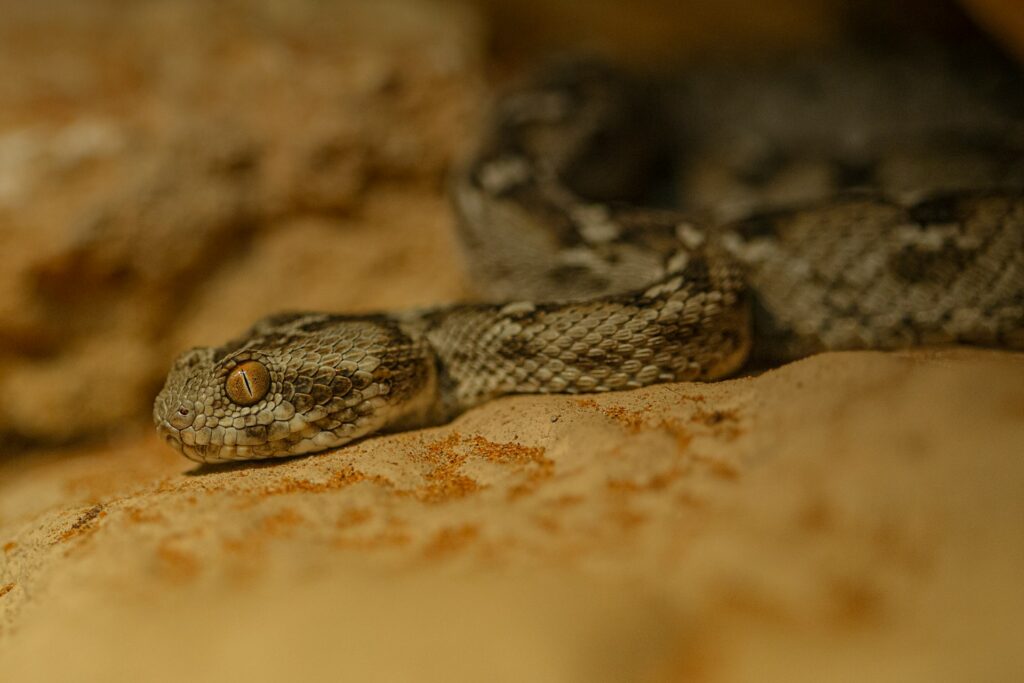
Not all snake species utilize rocks during shedding with the same frequency or intent. Desert-dwelling species such as rattlesnakes, sidewinders, and other vipers commonly exhibit this behavior as an adaptation to their arid habitat. Rock-dwelling species like the rock python naturally incorporate this behavior as part of their day-to-day life in rocky habitats. Some North American colubrid snakes, including certain gopher snakes and bull snakes, have also been observed using rocks and other rough terrain features during shedding. Interestingly, arboreal (tree-dwelling) snakes are less likely to display this behavior since they more commonly use tree bark and branches as natural friction surfaces. The prevalence of this behavior often correlates with habitat type and the natural availability of appropriate friction surfaces.
The Science Behind Friction-Assisted Shedding
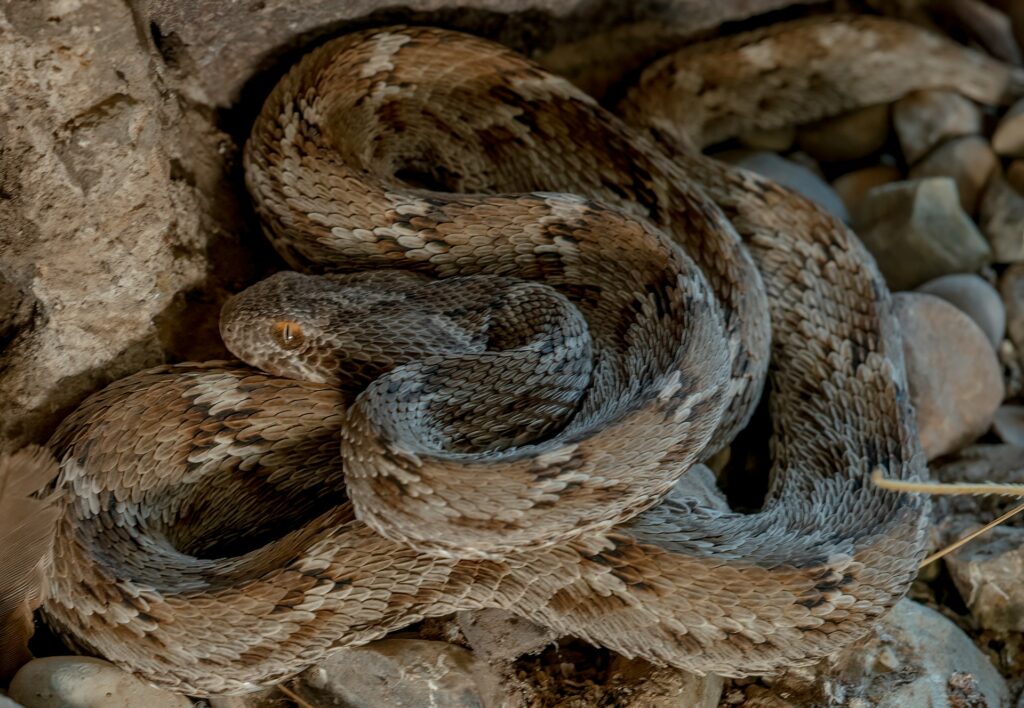
From a biomechanical perspective, rock-assisted shedding leverages the principles of friction and pressure to assist in the physical separation of old skin from new. When a snake moves against a rough surface, the microscopic protrusions on the rock create points of resistance against the old skin. As the snake continues to move, these resistance points help break the molecular bonds holding the old skin in place, particularly at the edges where the skin has already begun to separate naturally. Herpetologists have noted that this behavior demonstrates a sophisticated understanding of environmental tools, as snakes will often select rocks with optimal texture—not too smooth to be ineffective but not so jagged as to cause injury. This selective behavior suggests a level of tactile discrimination that helps snakes maximize the efficiency of their shedding process.
Environmental Adaptations and Shedding Strategies
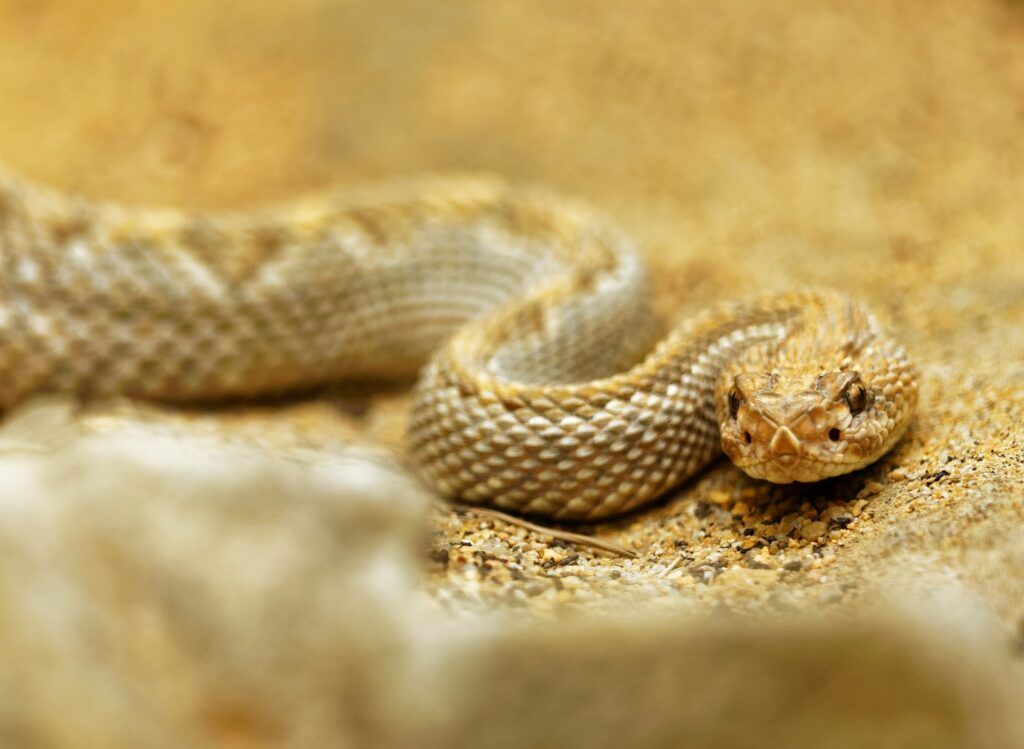
The use of rocks for shedding is closely tied to the environmental adaptations of different snake species. In humid tropical environments, snakes typically have less need for mechanical assistance during shedding because the natural moisture in the air helps separate old skin from new. Conversely, in arid environments where ambient humidity is low, the mechanical assistance provided by rocks becomes increasingly valuable. Some desert-dwelling snake species have even been observed soaking in rare water sources before seeking out rough surfaces, combining hydration with mechanical aid. These adaptations demonstrate how snakes have evolved specific behaviors to address the environmental challenges posed by their habitats, particularly during vulnerable periods such as shedding.
Behavioral Changes During Pre-Shed Periods
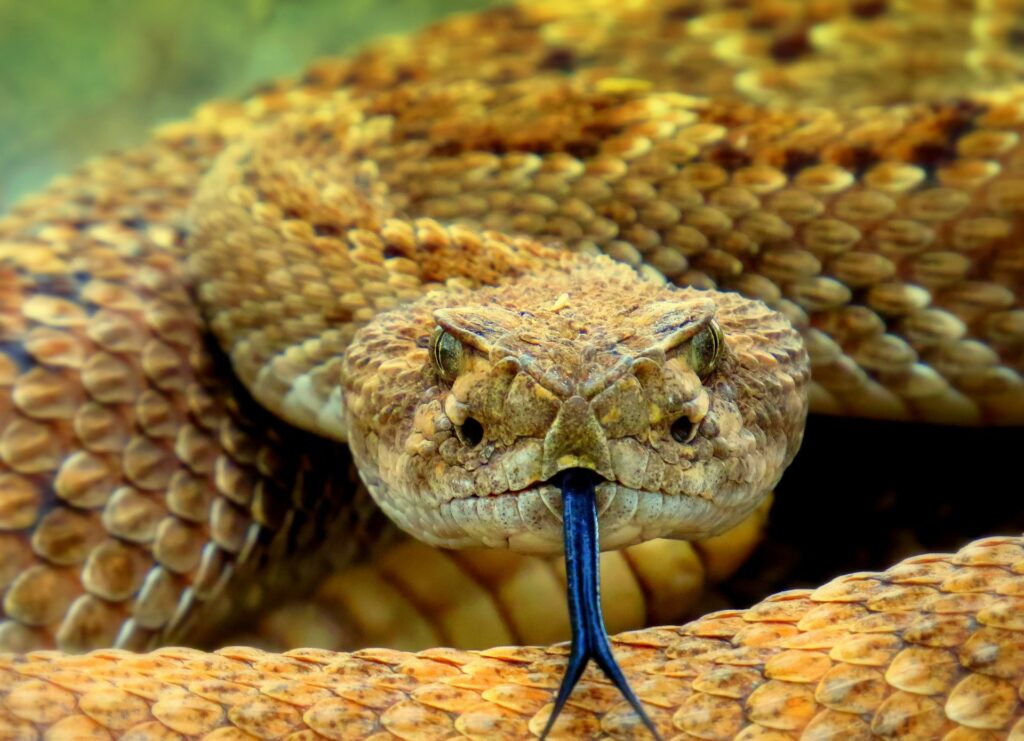
Snakes exhibit notable behavioral changes as they approach their shedding period, with rock-seeking behavior being just one aspect of this altered pattern. During the pre-shed phase, many snakes become less active and may stop eating entirely as their bodies devote energy to the formation of new skin. Researchers have observed increased environmental scanning behavior in some species, where snakes appear to survey their surroundings more carefully, possibly identifying optimal shedding locations. Some species will also increase basking time to raise their body temperature, which can accelerate the metabolic processes associated with shedding. Additionally, snakes may seek out specific microhabitats within their range that offer ideal conditions for shedding, including areas with both rough surfaces and appropriate humidity levels, demonstrating a sophisticated awareness of their environmental needs.
Rock Selection and Preference Patterns
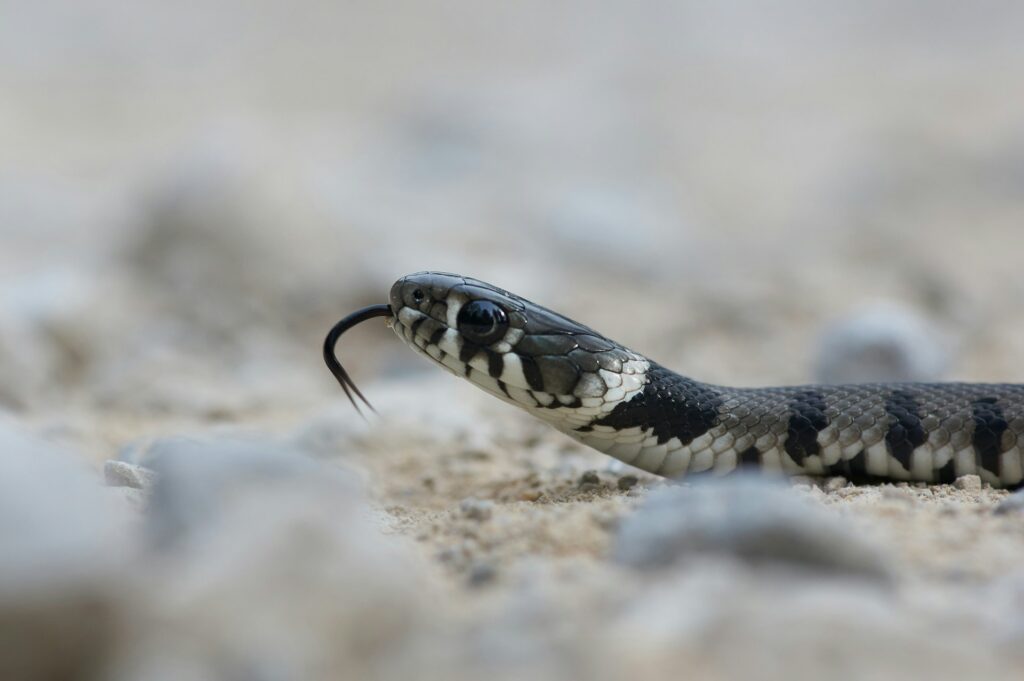
Intriguingly, studies of rock-using snake species suggest that not just any rock will do—snakes often display preferences for certain rock characteristics. Observations indicate that many snakes prefer rocks with moderate abrasiveness rather than extremely jagged surfaces that might damage their new skin. Size also matters, with snakes typically selecting rocks large enough to provide sufficient contact area along the length of their bodies. Some species show preferences for rocks with slight concavities that allow them to press more of their body against the surface simultaneously. Temperature may also play a role in rock selection, with some snakes preferring sun-warmed rocks that provide both friction and thermal benefits during the metabolically demanding shedding process. These preferences highlight the complexity of what might superficially appear to be a simple behavior.
The Evolutionary Advantage of Rock Usage
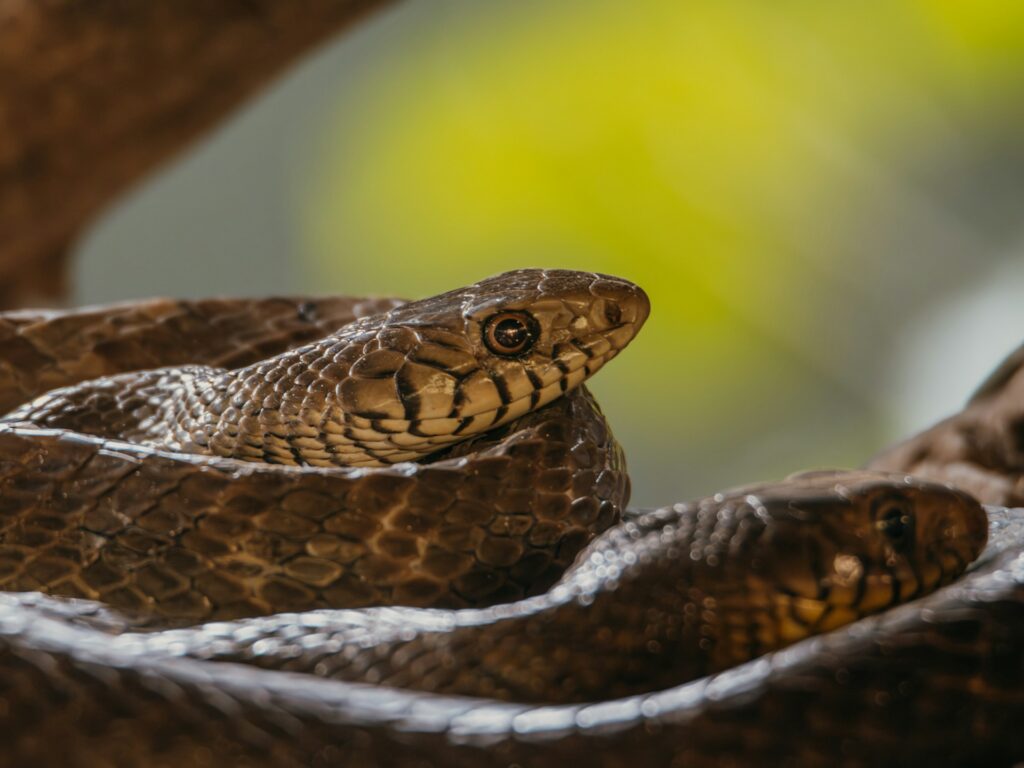
From an evolutionary perspective, the development of rock-assisted shedding represents a significant adaptive advantage. Snakes that shed completely and efficiently are less vulnerable to infections, parasites, and mobility restrictions that can result from retained skin. The behavior may have evolved as a response to the challenges of shedding in dry environments where incomplete sheds were more common and more dangerous. Species that developed this behavior likely experienced higher survival rates, particularly in desert ecosystems where skin infections could quickly become life-threatening due to limited immune resources during drought periods. Additionally, faster and more efficient shedding reduces the window of vulnerability to predators during a time when vision and mobility may be compromised. Over generations, this selective advantage would reinforce and refine the rock-seeking and using behavior we observe today.
Shedding Behavior in Captive Snakes
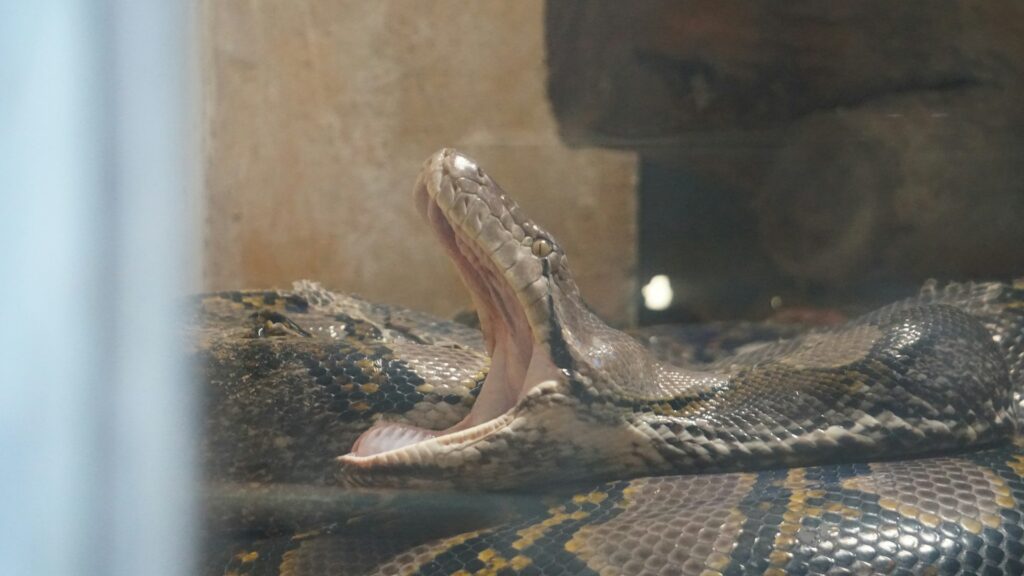
The rock-using behavior observed in wild snakes has important implications for the care of captive reptiles. Responsible snake owners and herpetologists often provide rough surfaces in enclosures to facilitate natural shedding behaviors, commonly in the form of cork bark, specially designed shedding aids, or appropriately sized and shaped rocks. However, captivity presents unique challenges, as confined spaces may limit a snake’s ability to move against surfaces in the same way they would in the wild. Humidity management becomes particularly critical in captive environments, especially for desert species that would naturally complement rock usage with specific microclimate-seeking behaviors. Veterinary research has shown that captive snakes provided with appropriate shedding aids experience fewer complications like retained eyecaps and incomplete sheds, underscoring the importance of accommodating this natural behavior in captive husbandry practices.
Comparing Shedding Methods Across Reptiles
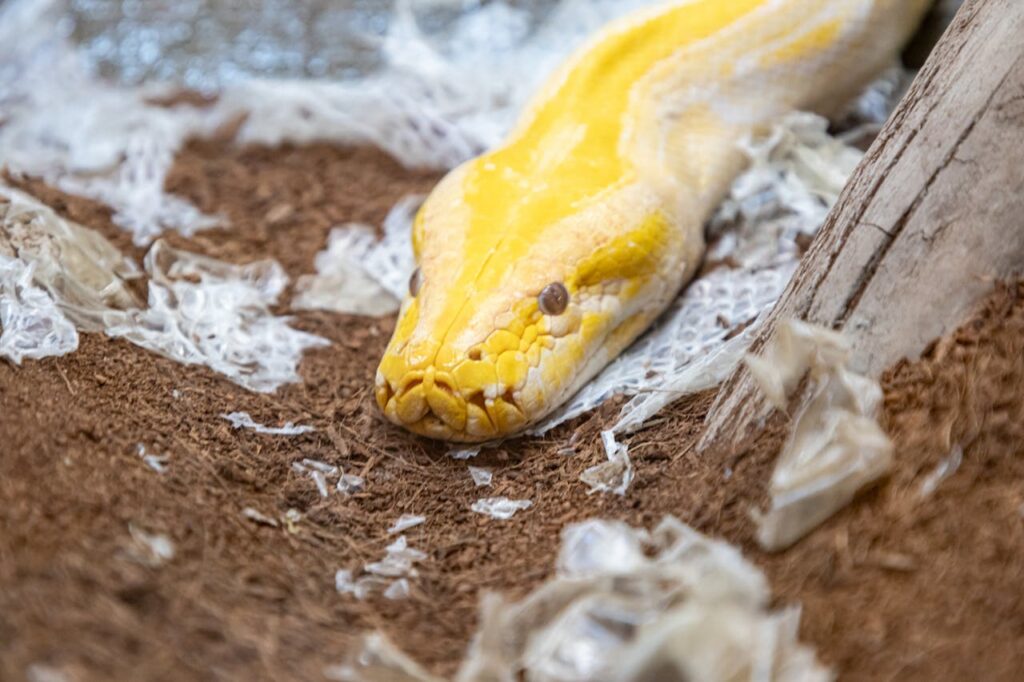
The use of rocks for shedding is not universal across all reptiles, and examining the differences between species reveals fascinating evolutionary divergences. While many snakes use rocks and rough surfaces, lizards typically shed in patches rather than all at once, often eating their shed skin to reclaim valuable nutrients. Crocodilians shed continuously in small sections throughout their lives, never requiring mechanical assistance. Turtles and tortoises shed scutes (modified scales) individually as they grow, a process entirely different from serpentine shedding. Even among snakes, aquatic species have evolved unique shedding adaptations that don’t rely on rocks but instead use water pressure and swimming movements to remove old skin. These comparative differences highlight how environmental pressures shape specific adaptations, with rock usage representing just one evolutionary solution to the challenge of skin renewal.
Conservation Implications of Shedding Habitat
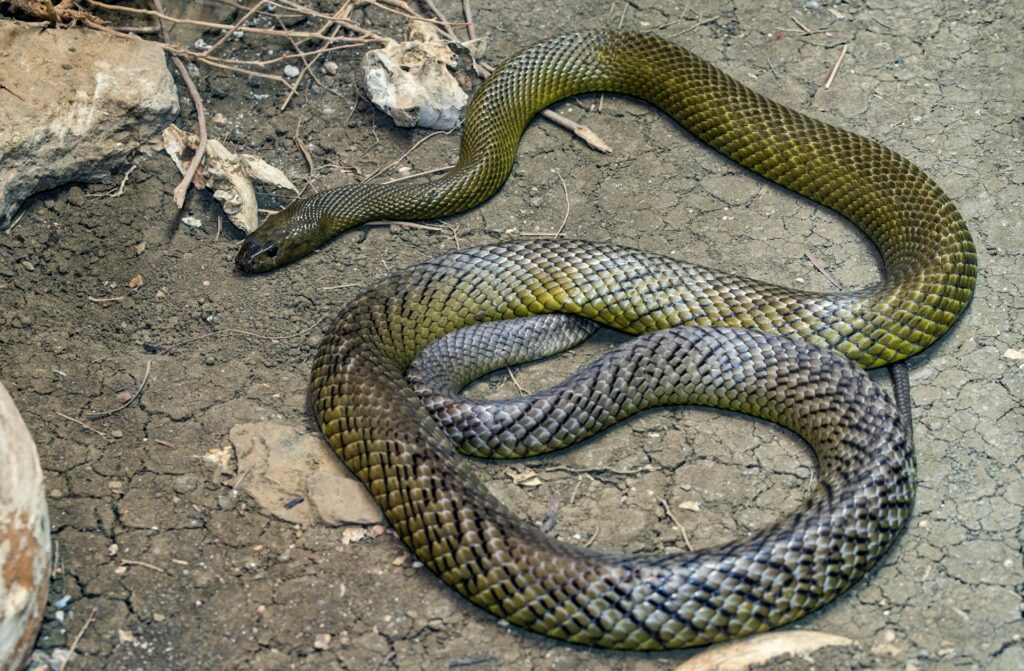
Understanding the importance of appropriate shedding surfaces has significant conservation implications for wild snake populations. Habitat destruction that removes rocky outcroppings or alters natural terrain features can inadvertently impact the shedding success of native snake species. Conservation biologists have noted that quarrying activities, landscaping, and even some recreational rock-climbing practices can modify or remove critical habitat features used by snakes during vulnerable shedding periods. In managed wildlife areas, conservation plans increasingly consider the need to preserve diverse terrain features, including appropriate rock formations that support the full lifecycle needs of native reptiles. This ecological understanding reinforces the concept that conservation must extend beyond simply preserving land area to include the specific habitat features that support critical biological processes like shedding.
Future Research Directions
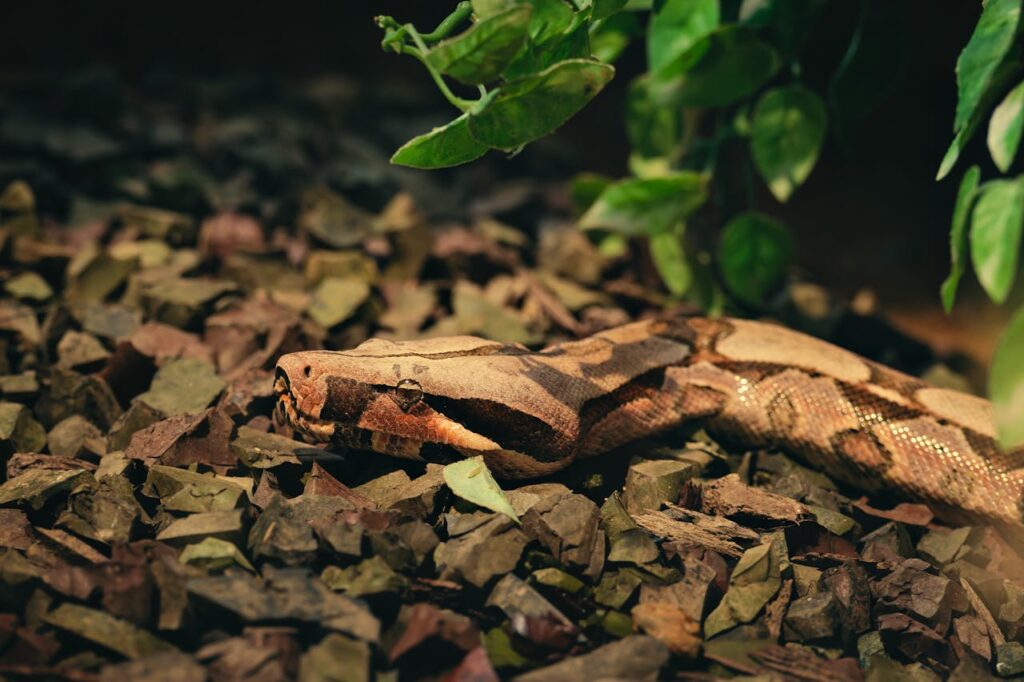
While the basic mechanics of rock-assisted shedding are understood, many aspects of this behavior warrant further scientific investigation. Future research directions include more detailed studies of how different snake species select specific rock types and textures, potentially revealing more about their sensory capabilities and decision-making processes. Comparative studies examining shedding success rates between populations with and without access to ideal rock surfaces could quantify the fitness advantages this behavior provides. Advanced imaging technologies might allow researchers to observe the microscopic interactions between snake scales and rock surfaces during the shedding process, potentially revealing previously unknown mechanisms. Additionally, climate change research might investigate how shifting environmental conditions could impact shedding behavior, particularly for species in habitats experiencing increasing aridity. These research avenues promise to deepen our understanding of this fascinating adaptive behavior.
The use of rocks and other rough surfaces by snakes during shedding exemplifies the remarkable adaptations that have evolved in these reptiles over millions of years. This behavior represents a sophisticated use of environmental resources to address a specific biological challenge. By understanding how and why certain snake species leverage their physical environment during vulnerable life stages, we gain insight not only into reptile biology but also into the complex interplay between habitat features and animal behavior. For snake enthusiasts, wildlife managers, and conservation biologists alike, this knowledge underscores the importance of preserving the full range of habitat components that support healthy reptile populations. As we continue to study these fascinating creatures, the humble rock stands as a testament to the ingenuity of evolutionary adaptation.





